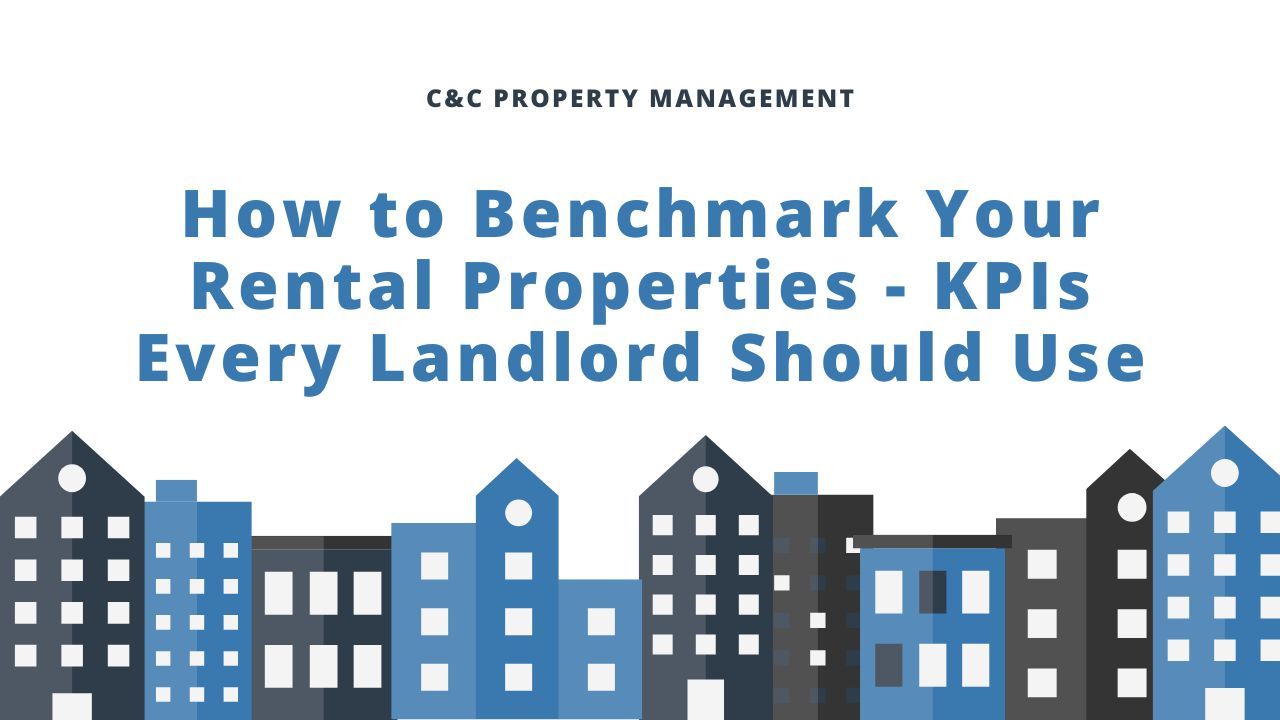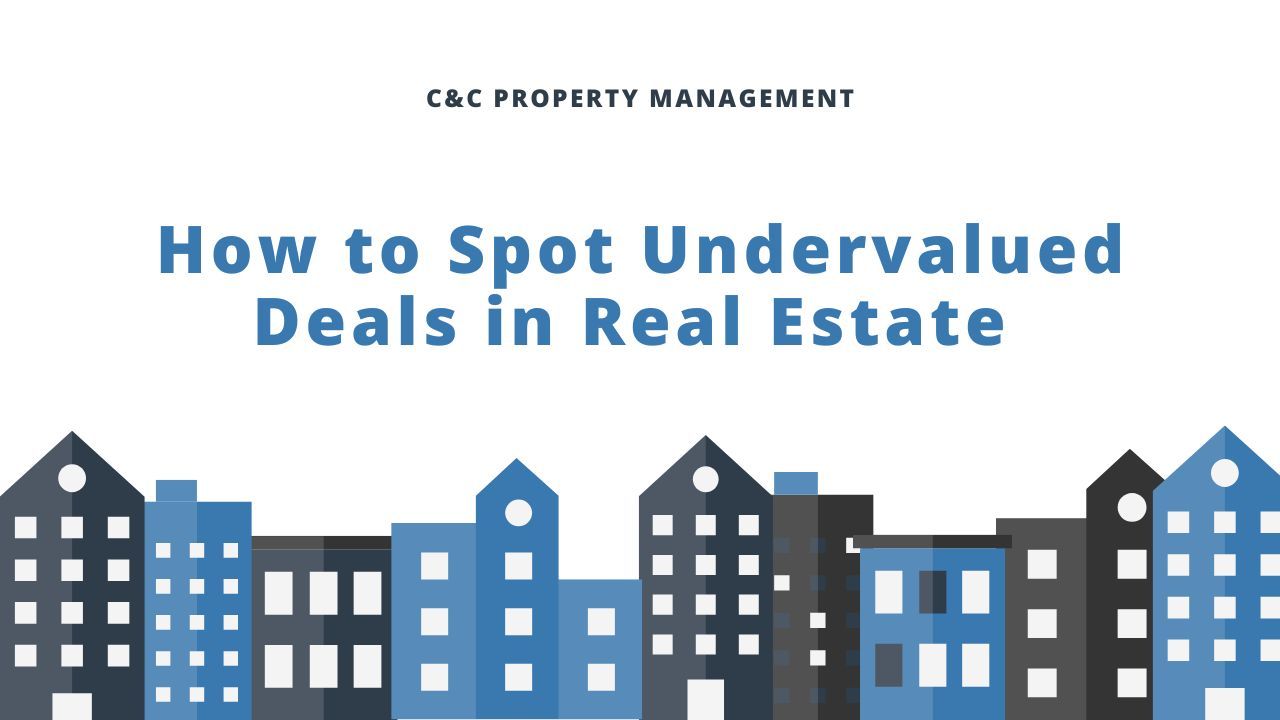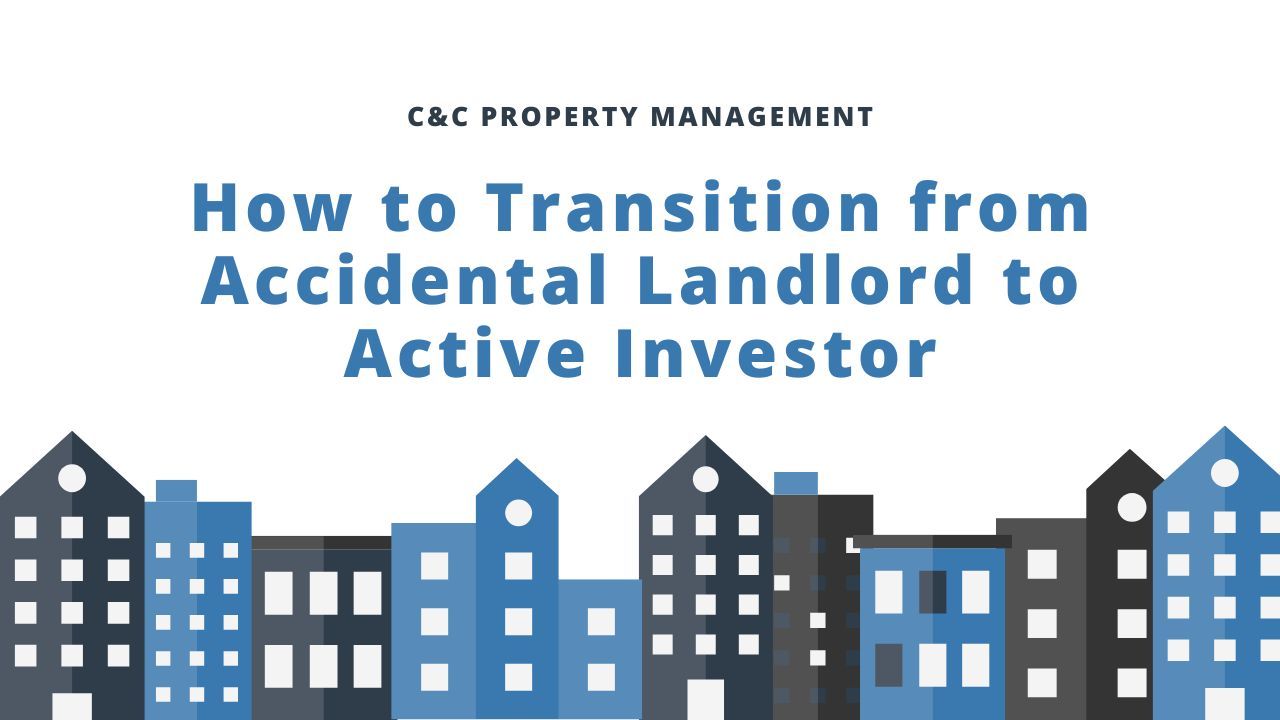Property Investment for Retirement - Passive Income with Real Estate
Key Takeaways
- Rental properties can provide steady cash flow, respond well to inflation through rent increases, and offer long-term appreciation, making them a reliable supplement to traditional retirement plans.
- Unlike stocks or mutual funds, property owners have direct influence over how their asset is managed, and real estate’s physical nature and stable demand make it a secure long-term investment
- Options range from direct ownership to indirect investments, providing flexibility based on risk tolerance, desired involvement, and financial goals.
For many of us, when we think of retirement, we like to imagine a time in the future when we can finally stop working and live without the stress of financial insecurity.
But the problem is, to live this dream, you need money. Existing pension systems and retirement plans such as your 401(k)do not offer concrete guarantees that you will be able to live the life you want when you retire. This creates the need for an additional retirement plan that offers more certainty.
Property investing is a reliable strategy to generate stable passive income during your retirement years. Real estate has advantages that market based assets lack, making it a promising option as the cornerstone for creating a solid retirement plan.
C&C Property Management has created this article to help you understand the benefits of real estate!
What makes real estate investing ideal for retirement planning?
Passive income: Unlike stock dividends, real estate provides income in a predictable manner. You don’t have to liquidate the asset to earn income and the income is stable and substantial.- Resistant to inflation: Rental properties respond very well to inflation and rising costs of living. Landlords always have the option to increase the rental rate for their rentals as a way to survive inflation.
- Direct control: Unlike mutual funds which are under the direction of fund managers, owners of rental property manage their assets themselves.
- Long-term appreciation: While economic downturns may result in temporary dips, property prices are proven to consistently go up in the long-term.
- Tangible assets: A rental property is a physical asset that will not lose 100% of its value and disappear overnight. Owning real estate can be a source of emotional security.
- Stable demand: Real estate meets a real need and it cannot be replaced by technology or any new inventions. Moreover, land is a finite resource, which means it will always be in demand.
- Diverse investment strategies: Real estate investing comes with a lot of flexibility. Investors can choose the kind of properties they want to own, where to own it and how to manage the asset.

Real estate investment strategies for retirement planning
Retirees and soon-to-be-retired individuals looking to invest in real estate for retirement can use a direct or an indirect investment strategy. Direct strategies include long-term and short-term ownership of residential and commercial rental properties. Short-term strategies include options like REITS and real estate Crowdfunding. Here are brief explanations of these strategies.
Residential rental properties
Residential rental properties are the most familiar type of investment properties. You buy a home and rent it out to individuals or families who live in the home and pay you a monthly fee for using the space, you can also
find undervalued deals to get the most out of your investment.
Residential rental properties are the most diverse type of investment properties. There are lots of ways to invest in rental properties for retirement, but they can all be grouped into long-term and short-term strategies:
Buy-and-Hold: This is a long-term strategy where you buy a rental property and hold it for an extended period to earn rental income. Buy-and-hold strategies also include methods like buying rental properties as an owner occupier and BRRRR.- Buying as an owner-occupant: Owner-occupiers invest in properties with 2-4 dwelling units with a plan to live in one of the units. These types of investors get more favorable mortgage terms from lenders because the loan is viewed as less risky. This is a good way to quickly build a portfolio of income generating properties before retirement
- BRRRR (Buy, Rehab, Rent, Refinance, and Repeat.): An investor buys an undervalued property, renovates and rents it out, and then refinances the property based on its new higher appraised value. They repeat this process several times to own multiple properties in a short time.
- Short-term: One short-term strategy for investing in residential rental properties is House-flipping. House flippers buy an undervalued home that is in need of cosmetic repair, renovate and sell it at a higher price, all within a very short period of time.

Commercial rental properties
These are properties used for income-generating activities as well as some categories of residential properties. Multifamily buildings with more than four dwelling units are usually classified as commercial properties.
Investors applying for a loan to buy these types of residential rental properties will be subjected to the same rules as investors buying office buildings, retail centers, etc. Commercial properties are overall more profitable than residential rental properties but managing them is more work and the mortgage terms are tougher.
REITs (Real Estate Investment Trusts)
This indirect method of owning real estate is similar to buying stocks. A REIT is a company that owns, operates or finances a large stock of income-generating properties. Individuals can invest in the REIT to become part-owners of these properties. This strategy lets retirees own real estate without the hassle of managing a rental property.
Investing in REITs offers more liquidity than traditional real estate investing, since you can buy and sell the shares of publicly-traded REITs on the stock exchange. Like rental properties, REITs are a source of stable income because they are required by law to pay out at least 90% of their taxable income to shareholders annually.
Real Estate Crowdfunding
These are platforms that pool small contributions from thousands of investors to invest in large real estate projects. They offer a way for smaller investors to participate in large
scale property investments
that they could not afford normally.
This option offers more flexibility than
REITs because investors can choose to own equity in a property or act as a lender. They can also decide which projects to be part of. However, investing in crowd-funded real estate requires deeper knowledge of the property market and the risks are greater.

Bottom Line
In conclusion investing in real estate can be beneficial but comes with risk, just like buying stocks and bonds. Before taking any of the steps discussed in this article you should talk to a qualified financial planner.
Contact
C&C Property Management today to learn more about how property investments can help you during retirement!








